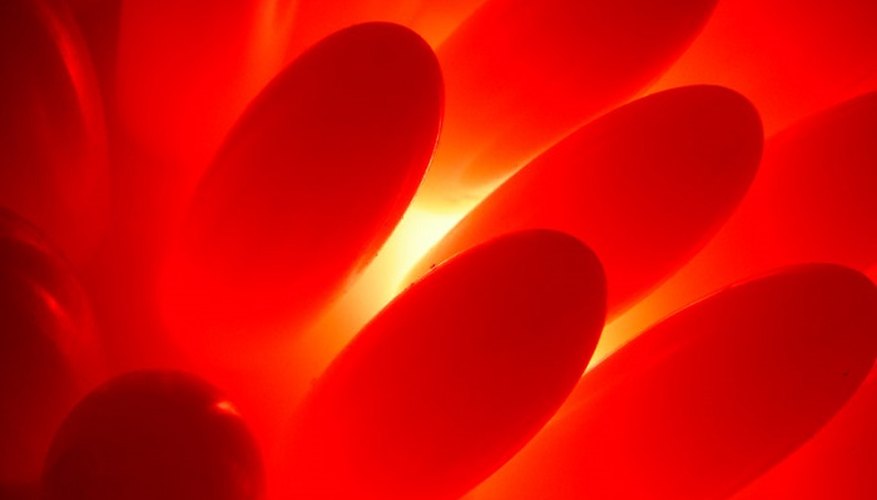The colorimeter measures concentrations of colour in substances using light. The device uses different filters which collect reflected light that is passed through the material. The colorimeter has many real-world purposes, from checking your health to helping farmers determine which fertiliser best suits the needs of the crops in the field.
Blood testing
The colorimeter is used to test the concentration of haemoglobin within the blood. Haemoglobin is the oxygen-carrying component of red blood cells. When the haemoglobin has oxygen-rich blood, the blood appears red. A high concentration of haemoglobin within the blood is an indicator of good health, while low levels suggest that the muscles, internal organs and brain are not receiving sufficient oxygen supply.
- The colorimeter is used to test the concentration of haemoglobin within the blood.
- A high concentration of haemoglobin within the blood is an indicator of good health, while low levels suggest that the muscles, internal organs and brain are not receiving sufficient oxygen supply.
Water testing
Colorimeters are used to test water in a number of settings. The colorimeter may test for impurities in tap water or elements that may be present in a water supply. Special filters are used to test for each type of impurity that may be present. Digital colorimeters can register even very small colour changes, indicating the presence of these impurities. Chemicals that are commonly tested for in water include chlorine, fluoride, cyanide, iron and zinc.
- Colorimeters are used to test water in a number of settings.
- Special filters are used to test for each type of impurity that may be present.
Plants
Colorimeters can be used on plants to test for a variety of substances, including concentrations of glucose, chlorophyll, ammonium and nitrates present in the leaves of the plant. This test crushes up leaves and adds a small amount of acetone to the leaf to liquefy the material. The liquid is then measured by the colorimeter. Filters are changed on the device to test for each specific item's concentration. This information is helpful to farmers to determine if fertiliser or other materials need to be introduced to crops.
- Colorimeters can be used on plants to test for a variety of substances, including concentrations of glucose, chlorophyll, ammonium and nitrates present in the leaves of the plant.
- This information is helpful to farmers to determine if fertiliser or other materials need to be introduced to crops.
Soil
Soil can also be tested to determine the nutrients present. Colorimeters test for nitrogen, potassium and phosphorus levels in soil. These are necessary for plants to grow and produce high yields. Many colorimeters also have pH meters that determine the pH level of the soil to verify it meets the crop's comfort zone for maximium growth.
- Soil can also be tested to determine the nutrients present.
- Many colorimeters also have pH meters that determine the pH level of the soil to verify it meets the crop's comfort zone for maximium growth.
